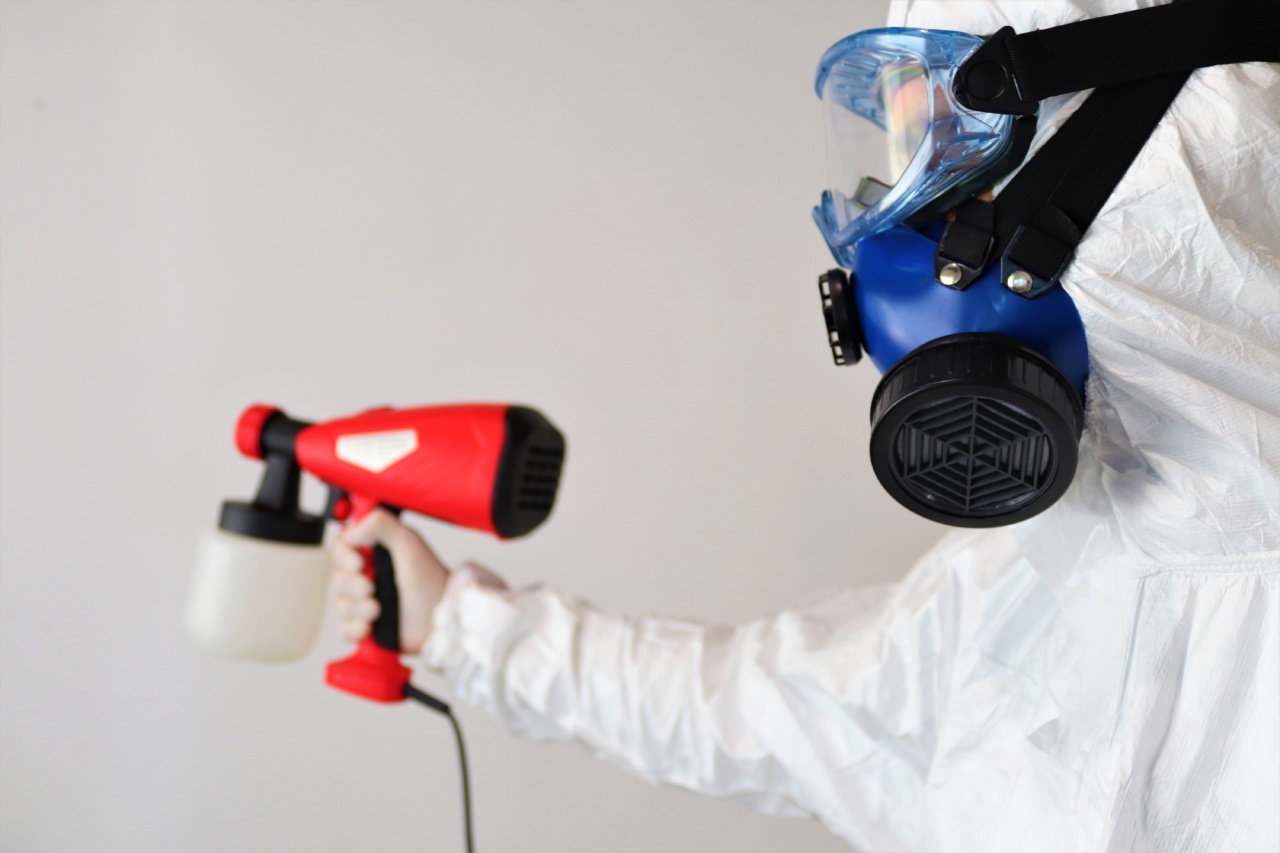Our living rooms are often the central hub of our homes, a place where we relax, entertain guests, and spend quality time with our loved ones.
While we strive to keep our living spaces clean and comfortable, we may not be aware of the hidden dangers lurking in our furniture, carpets, and household products. Researchers have found a troubling link between certain chemicals found in our living rooms and a range of diseases, including cancer, respiratory problems, and neurological disorders.
What are the Dangerous Chemicals Found in our Living Rooms?
There are a variety of chemicals found in our living rooms that pose potential health hazards. One group of chemicals, called phthalates, are commonly found in soft plastics such as vinyl flooring, as well as in some fragrances.
Phthalates have been linked to asthma, allergies, and reproductive issues. Another group of chemicals, flame retardants, are found in furniture, carpets, and electronics. These chemicals have been linked to cancer and developmental issues.
Additionally, volatile organic compounds (VOCs) are found in various household products such as cleaning supplies, air fresheners, and paint. VOCs can cause respiratory problems and are a contributing factor to indoor air pollution.
What Health Issues are Linked to these Chemicals?
The chemicals found in our living rooms have been linked to a variety of health issues. Studies have shown that exposure to phthalates can cause endocrine disruption, leading to hormonal imbalances and reproductive issues.
Several studies have also connected phthalate exposure to asthma and allergies. Flame retardants have been linked to cancer, developmental issues in children, and infertility. Finally, VOC exposure can cause respiratory problems, headaches, and nausea.
In severe cases, VOCs can cause cancer, liver and kidney damage, and central nervous system damage.
How can You Reduce Your Exposure to these Chemicals?
Reducing your exposure to the chemicals found in our living rooms is essential for maintaining good health. Here are some tips to help you lower your exposure:.
Air out New Furniture and Carpets Before Using Them
New carpets, furniture, and electronics are often treated with flame retardants and other chemicals that can off-gas into your home. Be sure to air out these products in a well-ventilated space before bringing them into your living room.
Choose Natural Cleaning Products
Many household cleaning products contain VOCs that can contribute to indoor air pollution. Choose natural cleaning products that are free of harmful chemicals such as bleach and ammonia.
Avoid Fragrance Products
Fragrances are often made up of a blend of chemicals, including phthalates. Avoid products that contain synthetic fragrances, such as air fresheners, scented candles, and perfumes.
Invest in an Air Purifier
Air purifiers can help remove harmful VOCs from your living room. Look for an air purifier with a HEPA filter to remove particles as small as 0.3 microns.
Choose Safer Flooring
Vinyl flooring is a major source of phthalates in our living rooms. Choose natural flooring options such as hardwood, bamboo, or natural stone.
The Bottom Line
The chemicals found in our living rooms may pose a significant health risk to ourselves and our families. By taking steps to reduce our exposure to these chemicals, we can protect our health and create a safer living space for everyone.






























